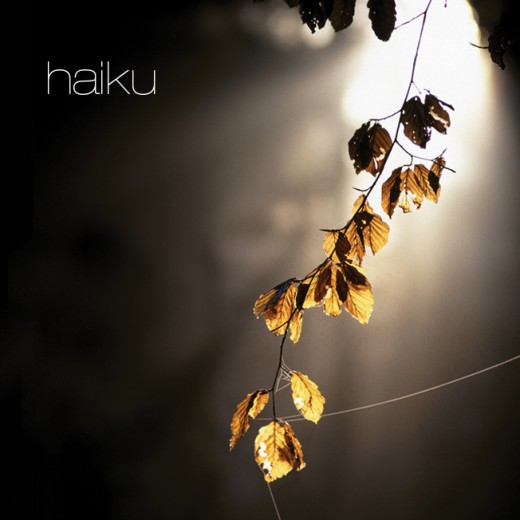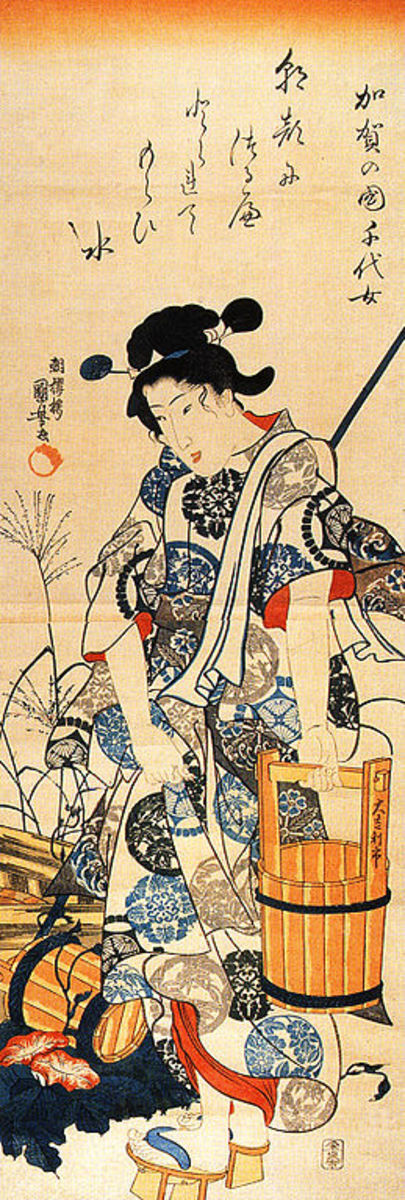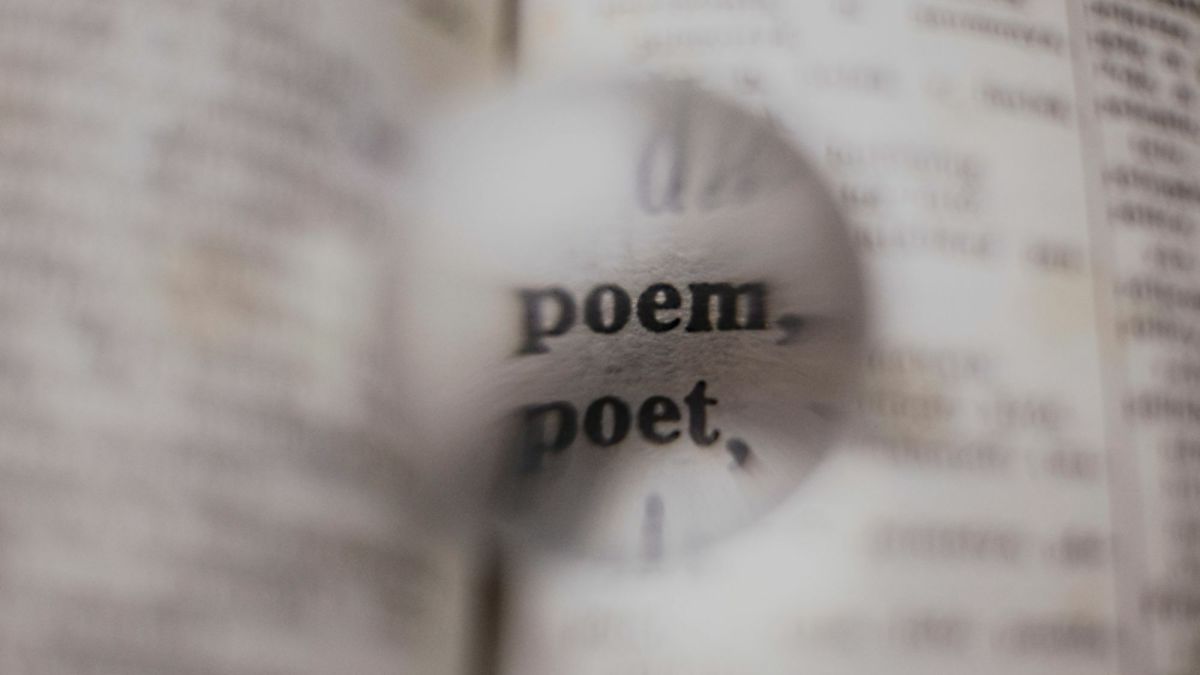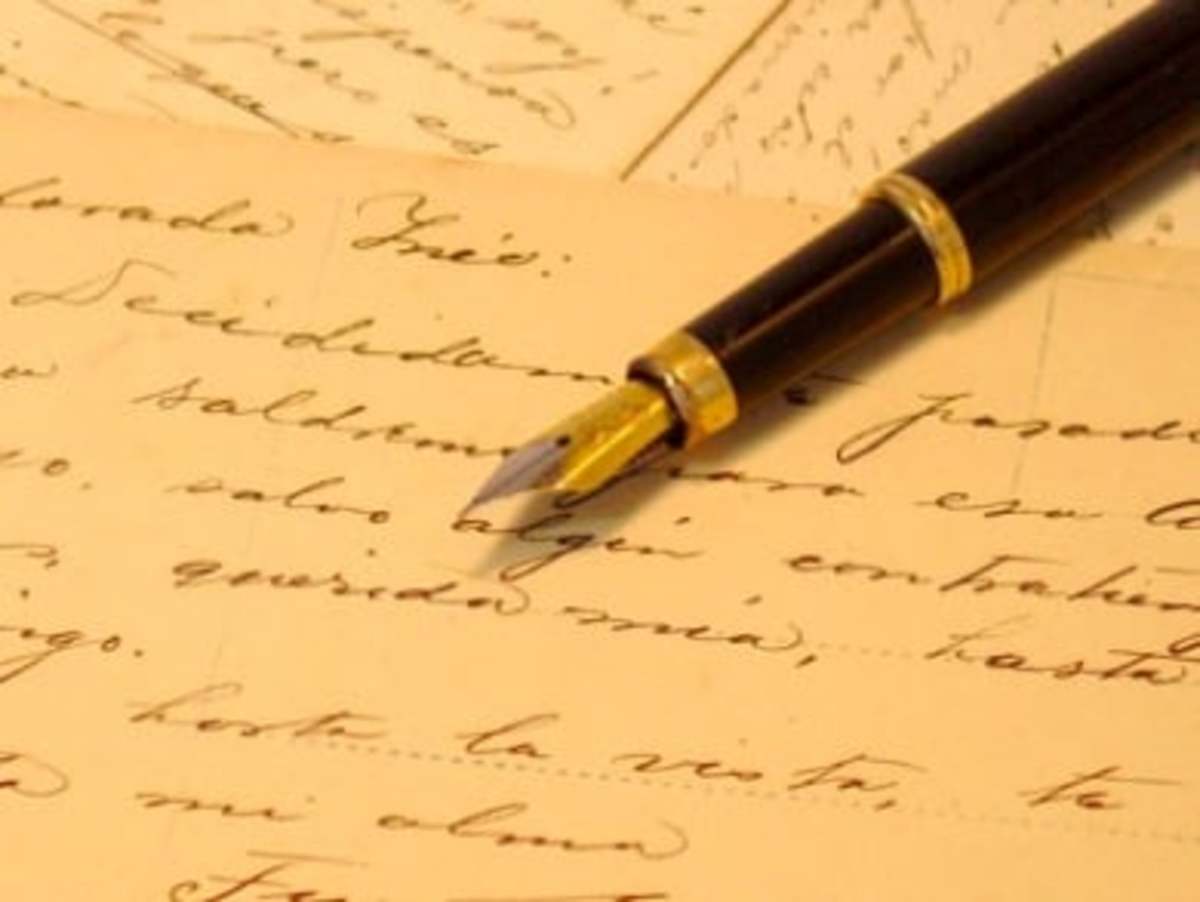Learn Haiku: How To Write a Haiku
The word Haiku connects me instantly with Japanese poetry. How could I forget our English classes when we tried our hand at Haiku poetry? Today, this 17-syllable verse form consists of three metrical units of 5, 7 and 5 syllables. I remember writing words on a paper with my yellow gold pencil and with fingers poised in the air, I would count the 5, 7, 5 syllables again and again. The counting of the syllables was pretty important to our teacher. A failing grade was all you had if you made the wrong count.
The Difference Between Haiku, Hokku and Haikai
Hokku means “starting verse or opening verse.” This was the first starting link of a longer chain of verses known as Haika. The Hokku usually sets the tone for the rest of the words that followed; as such, it had an important position in Haikai poetry. More often, some poets would compose a Hokku by itself and leave it at that. The Haikai was written in the Tokugawa period.
In 1890’s, Masaoka Shiki, through his efforts established the creation of Haiku. This new form of poetry can be written, read and understood as completely independent poem, rather than part of a longer one.
Strictly speaking however, the history of Haiku begins only in the last years of the 19th century. During the Edo-period (1600-1868), masters like Basho, Yosa Buson took this opening verse, the Hokku and refined it to become what is now known as the Haiku.
Basho was a master of the Haiku form which not only retains its popularity in Japan but has also been introduced into many schools in today’s world.
Haiku Album

My grumbling wife -
if only she were here!
This moon tonight...
--Yoshi Mikami Issa
The moment two bubbles
are united, they both vanish.
A lotus blooms.
--Kijo Murakami
Haiku Poem
as I clap my hands
with the echoes, it begins to dawn --
the summer moon
--Makoto Ueda, Bashô
An old silent pond...
A frog jumps into the pond,
splash! Silence again.
--Basho Matsuo
The years first day
thoughts and loneliness;
the autumn dusk is here.
--Basho Matsuo
Temple bells die out.
The fragrant blossoms remain.
A perfect evening!
--Basho Matsuo
Over the wintry
forest, winds howl in rage
with no leaves to blow.
--Natsume Soseki
The crow has flown away:
swaying in the evening sun,
a leafless tree.
--Natsume Soseki
How to Write a Haiku
Pick a theme. What do you want to write about? Haiku poems can almost describe anything. Don’t use complicated themes that are hard to grasp when expressed so briefly. Remember that haiku is so very short, so pick a theme from your daily experience. And write about it that will give the reader a different perspective or a new look on what you would call a seemingly “ordinary or mundane” thing.
The classic haiku theme is usually about nature; and many traditional Japanese haiku contain seasonal words and images like twinkling fireflies, swaying leaves, falling white snow, misty rain. Words like cherry blossoms indicate spring and snow speaks of the winter season.
Use the 5, 7,5 syllables. Traditional Haiku poems consist of respectively 5, 7, 5 syllables in three parts. In Japanese, this is a must. But in English Haiku, there is now a variation of the length of syllables. I would suggest you try the traditional Haiku poems (5, 7,5 syllables). After this exercise, you are always free to experiment with the modern Haiku or the English Haiku.
Try to write your thoughts about the scene and then move on to express a feeling or record an action or make an observation. Remember to keep it simple. The concise, the better.
A Haiku does not need to rhyme, but it should create imagery. Grab a dictionary and thesaurus as your help or guide to synonyms and correct spelling.
Use the cutting technique. When you cut a Haiku into two parts, the two sections must remain to a certain degree, independent of each other. But a good thing to note is that both sections must enrich each other. To do this, the line (whether the first or second one) ends with a colon, long dash or ellipsis.









